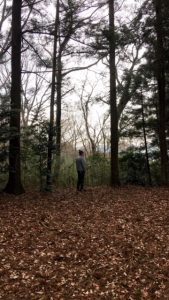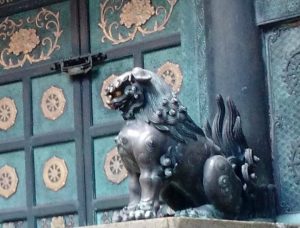

ARI reaps benefits from what others would call trash. The benefits of finding resources in your surrounding, local environment plays a huge part in the ARI coined term: foodlife. Foodlife is a word I have been processing since being introduced to the ARI term a few days ago. The concept should be simple enough to grasp, without food there would not be life. These two words are so deeply intertwined another to on that ARI has put them together into one.
This week I was placed in the mixing room. Under the guidance of Oscar, an extraordinary, humble person from Cameroon, we spent our work time preparing the feed for ARI’s pigs and chickens. There are multiple types of feed made in the mixing room. The types of feed serve the animals at different stages of their growth, but they are just different mixtures of the same ingredients. There is rice flour, cooked rice, wheat grains, okara, fish, and soy sauce cake. Of these ingredients, only the wheat grains and flour are bought. The cooked rice is collected from schools in the surrounding area, left over from uneaten lunches each day. The fish is the unused bones, heads, fins, and guts of fish from nearby super markets. Soy sauce cake and Okara comes from the byproduct of local tofu and soymilk operations. I found ARI’s use of local waste astonishing. Finding and using resources from the local waste stream is one step towards not just organic farming, but sustainable farming.
